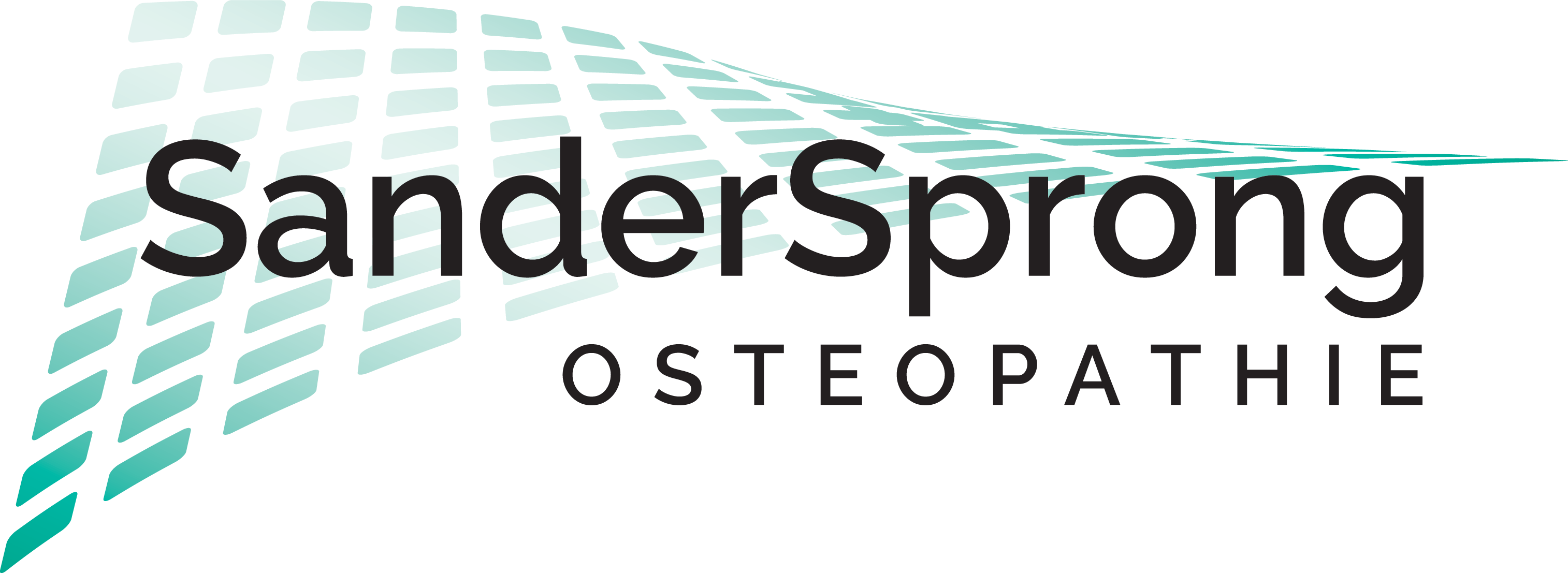“Reflux symptoms” is derived from the word “reflux,” which literally means ‘backflow’. In babies, this refers to the phenomenon where stomach contents flow back into the esophagus. The “valve” (actually the sphincter muscle) that seals the connection between stomach and esophagus is not yet fully functional in babies. Also, the stomach is not yet fully developed. This means that milk can easily flow back through the esophagus to the mouth. So the baby can then ‘give back’ milk. The amount can range from a ‘mouthful’ to a hefty amount.
How do reflux symptoms affect babies?
Reflux is common in babies: there are pediatricians who claim that every baby suffers from reflux to some degree. Most babies don’t experience much discomfort from it. In some cases, however, the refluxing (possibly quite acidic) stomach contents may cause irritation of the esophagus. This can lead to discomfort, reduced sleep or distress in the baby. The returned food can also irritate the upper respiratory tract and lead to coughing or noisy breathing.
Sometimes it can help to hold the baby upright for an extended period of time (about 30 minutes) after feeding so that stomach contents cannot flow back that easily. Furthermore, there is the possibility of feeding in smaller amounts more often. Thickening the food (temporarily) with locust bean gum or rice amylopectin may also help.
Hidden reflux symptoms
With hidden reflux symptoms, a baby experiences similar symptoms to “normal” reflux, where food flows back from the stomach into the esophagus and possibly even into the mouth. However, unlike in typical reflux, the baby does not clearly return the food, but swallows it again. So if your baby swallows a lot just after or for a long time after feeding, this could be a sign of this hidden reflux.
The fact that the food is not regurgitated sometimes makes hidden reflux difficult to recognize. However, babies with this condition may experience discomfort, such as pain, irritability and difficulty sleeping. Therefore, it is important to be alert for subtle clues, such as frequent swallowing, and seek professional advice if hidden reflux is suspected.
Osteopathy for reflux complaints
The osteopath examines the baby’s body for restrictions in musculoskeletal, internal organ system and nervous system. Decreased mobility or increased tension around the structures near the diaphragm (liver, stomach and spleen) are often seen in babies with reflux problems. There may also be increased tension in the abdominal cavity. In either case, the stomach cannot fill as easily and, because of the increased tension in the region, food will flow back into the esophagus even more easily.
Gentle mobilization techniques of the involved organs allow more freedom of movement, and the stomach can fill more easily and also stay filled more easily. This is not stressful for the baby: in fact, you often see them relax during treatment. After about 3 treatments there should really have been a marked improvement in the situation.
Make an appointment at Sander Sprong Osteopathy
Babies with reflux symptoms may benefit from treatment at Sander Sprong Osteopathy. As an experienced osteopath specializing in treating infants and children, Sander Sprong can examine the baby’s body for possible causes and then perform targeted gentle treatments to address the underlying problems. Through gentle and safe techniques using only the hands, the osteopath can help restore natural balance and range of motion, which can reduce the symptoms of reflux.
Are you wondering if your child could benefit from treatment at Sander Sprong Osteopathy? If so, please contact us. Or make an appointment directly in the online booking system.


